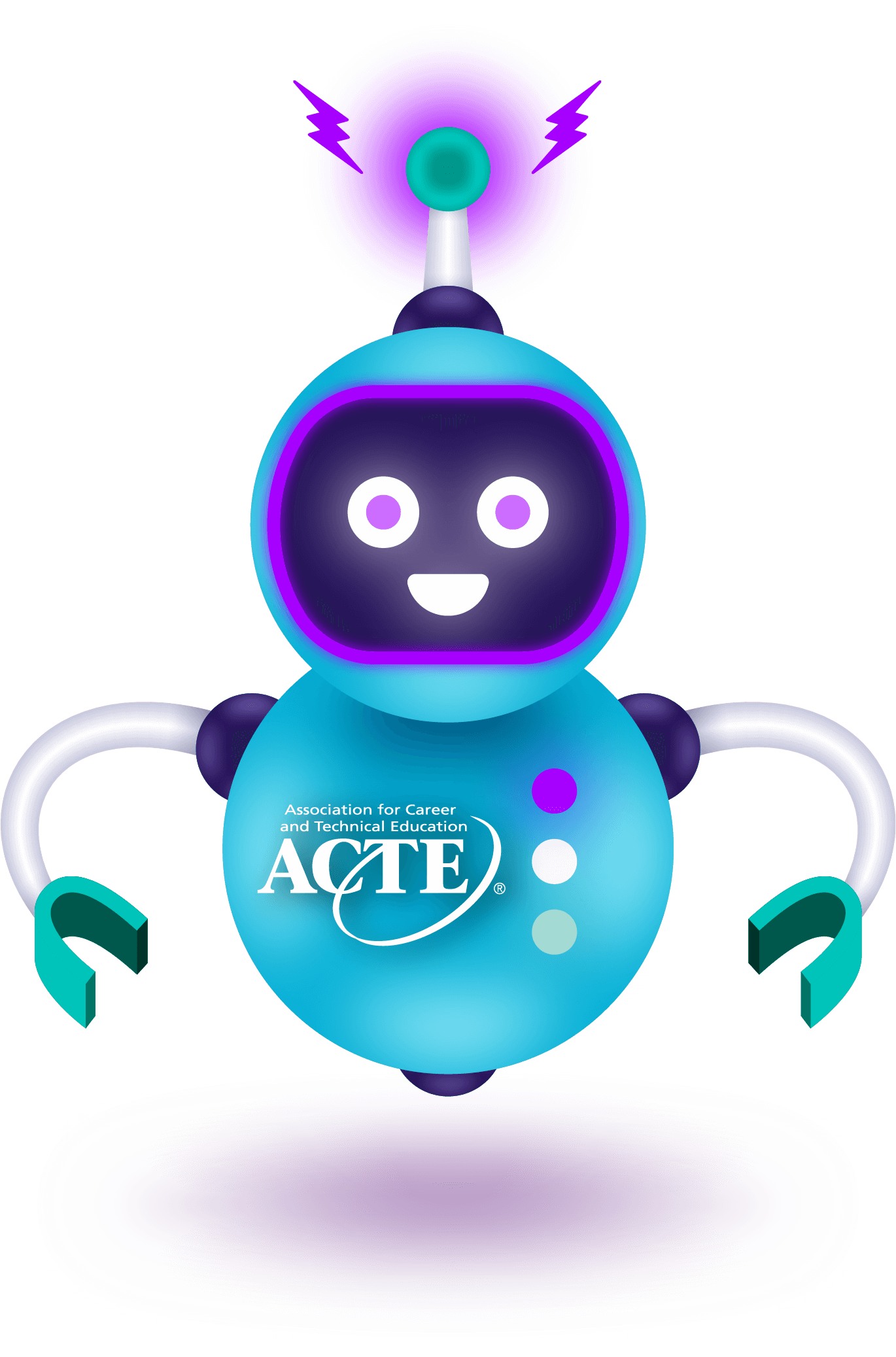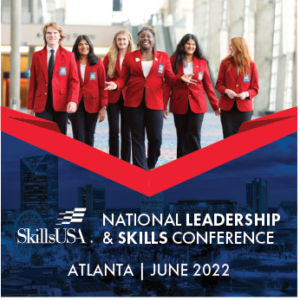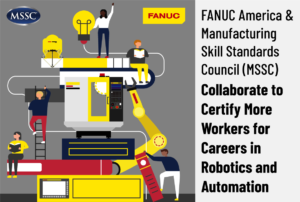 Meet Cindy Friedemann, director of strategic partnerships at Moore Norman Technology Center in Oklahoma. Friedemann’s spotlight interview appears as part of a spotlight series on ACTE’s educational institution members (EIMs).
Meet Cindy Friedemann, director of strategic partnerships at Moore Norman Technology Center in Oklahoma. Friedemann’s spotlight interview appears as part of a spotlight series on ACTE’s educational institution members (EIMs).
Established in 1972, MNTC is viewed as one of the nation’s premier educational and training institutions. MNTC is one of 29 technology centers within Oklahoma’s globally recognized CareerTech System. With two campuses in the Oklahoma City, Oklahoma, metropolitan area, MNTC places an emphasis on experiential learning and hands-on training. Adult and high school students gain meaningful career and technical skills that, in most cases, lead to state and national certifications and employment.
Students at Moore Norman may enroll in more than 30 career programs and more than 600 short-term courses. Recent areas of focus include state-of-the art public service and aviation programs. These programs are attracting industry and community interest and support.
Cindy Friedemann, Moore Norman Tech, EIM
What is your job title and what do you do?
As director of strategic partnerships at MNTC, I engage in state and national relationships to support and provide meaningful connections for our educators. Relationships with industry are crucial to successful and relevant career programs. I serve on state, local and national boards to bring additional awareness to CTE.
Further, I am currently the president of the National Council of Local Administrators (NCLA), which is a great resource for current and aspiring CTE leaders nationwide.
I have been a proud member of ACTE for 30 years, and NCLA is a great partner with ACTE, working together to produce a highly rated annual conference in September. This year, ACTE’s and NCLA’s Best Practices and Innovations in CTE Conference meets in Cape Cod! And it should be one of the best conferences yet!
What was your education experience like? What did you study?
My brother and I both were career and technical education (CTE) students all through our high school years at Eau Gallie High School in Melbourne, Florida. Go Commodores! Our family valued the ability to work with our hands. In fact, our parents repeatedly reminded us, “That’s fine if you want to attend college. But you are going to have a skill to support yourself first.”
My brother studied construction trades, served in the military, and went on to become a general contractor in Florida building for Walt Disney World, SeaWorld, the Ritz Carlton; taking on specialized large construction projects in Orlando, Florida. CTE provided a great foundation for his success.
On the other hand, my dream was to design women’s clothing. So, I studied family and consumer sciences. And my teacher, Mrs. Butler, was a stickler for teaching us to use all the machines. In addition to commercial and at-home garment construction machines, I learned to use and repair industrial sewing machines. This training prepared me to later help my college professors fix our classroom equipment! Then, later, when I held my dream job as a head designer in Atlanta, my CTE training helped me teach and coach the staff who manufactured my designs.
But that career ended when our family moved to Oklahoma. I achieved my master’s and was hired as a program planner for the state Department of Career and Technical Education in Oklahoma and have never looked back. It has been wonderful to translate seasonal fashion forecasting to forecasting industry needs. The skills I learned in my FCS education now help me support the development of new CTE programs.
What barriers did you (or you family) face in pursuit of higher learning?
I wanted to attend college and knew it would help me achieve my career goals and provide education to support me throughout my life. However, I knew I would have to pay for college on my own. I found a way to take 21 to 24 credit hours in a semester, and I worked in the library where there were opportunities to study and work. I set a goal to graduate in three years. It was a lot of work, but it was worth it. Nowadays, I would probably attend a community college first. That is another great way to achieve your goals and avoid student loan debt.
What led you to your current role at Moore Norman Technology Center?
A positive and longstanding relationship with the superintendent, Brian Ruttman, led to my current role. Ruttman and I worked closely together to create Centers of Excellence as colleagues and executives at our former employer, Metro Tech. I am delighted to have an opportunity to work with him again. He is a visionary leader who cultivates a positive culture and encourages industry engagement throughout our entire organization.
How do you like working in CTE?
I love the positive impact we make as CTE leaders, providing opportunities for individuals to pursue their passions and to thrive along with their families. I love seeing how our students can enjoy their lives with financial security.
When we in CTE work with intention, opening the doors to career options, our adult and high school students can find pathways they truly enjoy. Maybe we can all strive to reach that blissful state: to “never work another day in our lives,” because our jobs are fulfilling and financially rewarding.
Do you have any advice that you would offer to students who intend to pursue postsecondary education in CTE?
It is sometimes hard to know your gifts, and to know how to apply those gifts to a career. Everyone (students of all ages) should invest in themselves by taking the available, and often free, career assessments through local school and college counseling services. Don’t ignore the opportunity to take the ASVAB as well. The answers you find from these assessments can help you find career success. My other advice is to prepare yourself for challenging days. Do not give up when you face obstacles but become tenacious and resourceful, and you can succeed.
Is there anything else you’d like to share?
I have learned from many of the superintendents and state directors that I’ve worked for. My husband, Tom Friedemann, Ph.D., former superintendent of Francis Tuttle, has been an especially wonderful sounding board and personal resource. I have learned a lot from his leadership.





 Known for its “boho” style, the Funky Florist is recognized as a professional vendor by the West Virginia Wedding Professionals. And several local wedding venues note our shop as a preferred florist.
Known for its “boho” style, the Funky Florist is recognized as a professional vendor by the West Virginia Wedding Professionals. And several local wedding venues note our shop as a preferred florist. The program relied on word-of-mouth advertising in the early days of operation. Now, the Funky Florist is now active on Facebook, which has increased its organic search and social engagement.
The program relied on word-of-mouth advertising in the early days of operation. Now, the Funky Florist is now active on Facebook, which has increased its organic search and social engagement.
 Doris Zahner, Ph.D., is the chief academic officer at
Doris Zahner, Ph.D., is the chief academic officer at 















